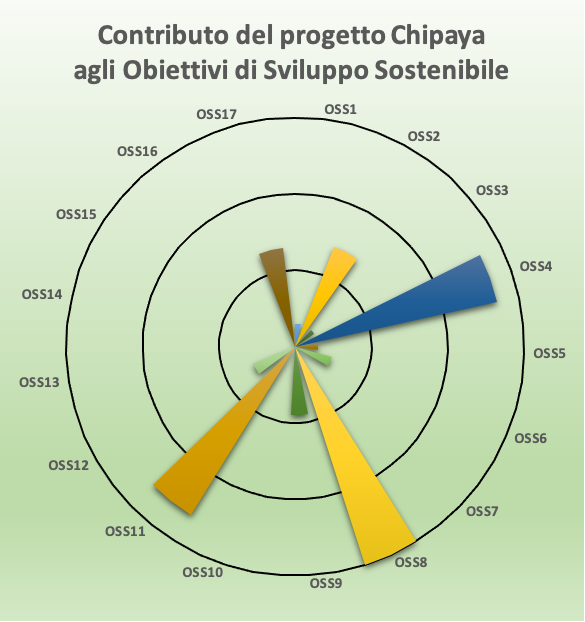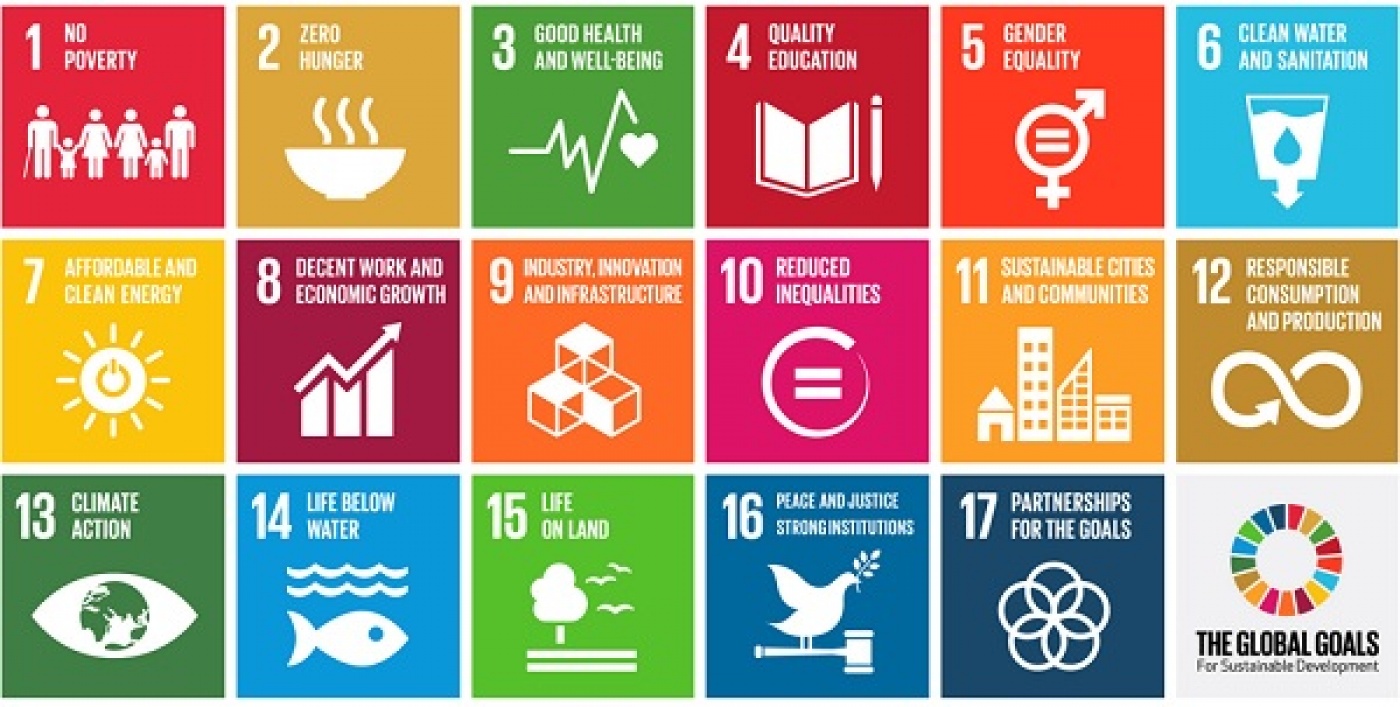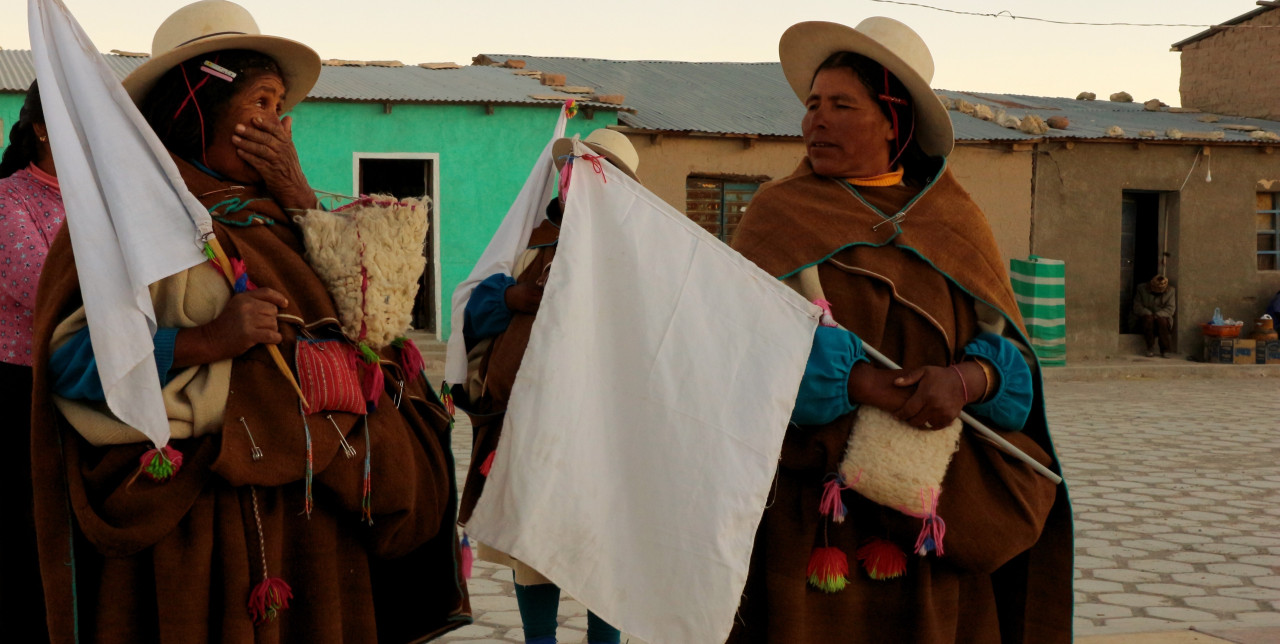26-10-2020 | di COOPI
Bolivia. The impact of the Chipaya project on the Sustainable Development Goals
In Bolivia, the four-year project "Chipaya: memories of water and wind. Towards new forms of community resilience', implemented by COOPI-Cooperazione Internazionale and funded by the Italian Agency for Development Cooperation, came to an end on 31 December. The overall objective of the project was to improve the socio-economic conditions of the Chipaya people through sustainable community economy actions. In particular, the management of the Chipaya cultural and socio-environmental heritage through social innovation and inclusive business tools was a key element in strengthening a vision of an autonomous, indigenous, productive and resilient community.
At the end of the project, a qualitative analysis of the activities carried out was prepared in the perspective of the Sustainable Development Goals (SDGs) set by the United Nations 2030 Agenda.
First of all, the type of impact of the activities included in the project in relation to the SDGs was established. In particular, if the activity has made an immediate change to the reality within the scope of its intervention, its effect is considered direct. Conversely, an activity linked to processes with a longer-term impact is considered indirect. Activities with cross-cutting effects - impacting on several SDGs - are then considered to have a lower impact than the other two categories.
This exercise assessed that, of the 61 activities considered, 18 are directly linked to an SDG, 25 are indirectly linked and 35 are cross-cutting. Activities that have a direct or indirect link to an SDG may also combine across several SDGs.
In order to measure more accurately the impact on SDGs activities were assigned values according to their category: 3 for direct, 2 for indirect and 1 for cross-cutting activities. The combination of the impact of an activity on one or more SDGs and its category is shown graphically in the image below for an immediate overview.

It is evident that the Chipaya project had the greatest impact on SDG 8, which promotes inclusive and sustainable economic growth. This is followed by SDG 4 - Ensure inclusive education, SDG 11 - Make cities and settlements inclusive and SDG 2 - End hunger, achieve food security.
The above analysis, although preliminary, is an attempt to provide an assessment that takes into account not only the project indicators but also other broader impact measures. The Sustainable Development Goals (SDGs) of the 2030 Agenda are now a reference framework for cooperation activities.
 ?
?




 Bolivia
Bolivia